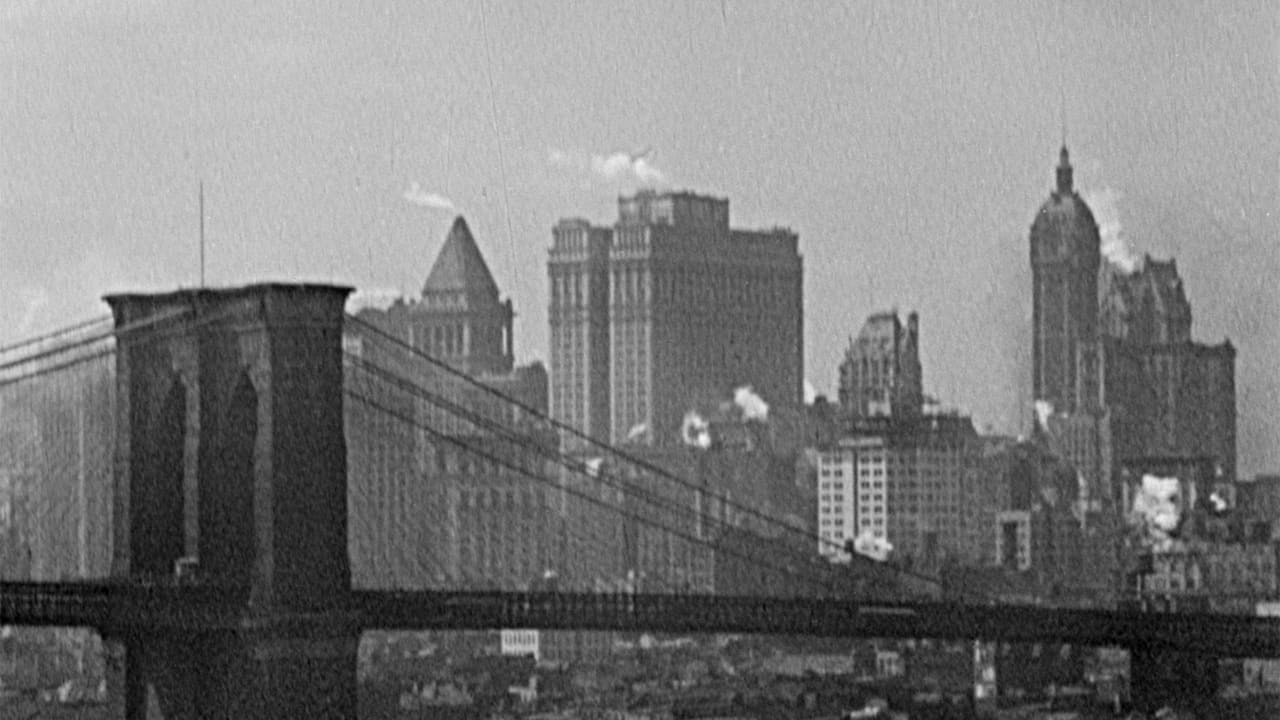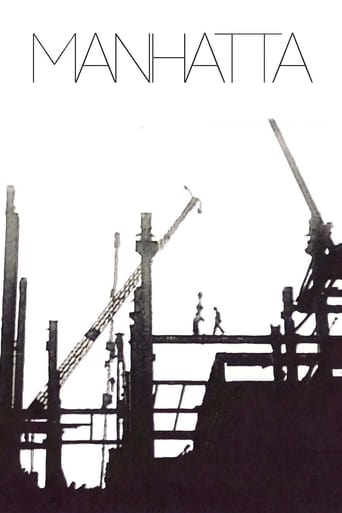



Charming and brutal
This is a small, humorous movie in some ways, but it has a huge heart. What a nice experience.
View MoreIt’s sentimental, ridiculously long and only occasionally funny
View MoreIt's a good bad... and worth a popcorn matinée. While it's easy to lament what could have been...
View MoreThis wonderful documentary offers a glimpse of New York City from a bygone era, when the city had factories, and steam ships we docked in the harbor and when steam and smoke was bellowing into the sky, a time of industry, of power, and economic might. The documentary suggests an industrious people, a mass of humanity inhabiting a great metropolis, uniquely American, bristling with unbounded energy. The great ocean liner entering the harbor, the impressive buildings, some of which still exist today but back then glistening structures, the epitome of modern design, all suggesting a society in which the sky's the limit. This is a great documentary.
View MoreThis short film by Sheeler and Strand is the father of American avant-garde cinema. It contains beautiful shots of Manhattan shown intertwined with excerpts of a Walt Whitman poem. All of the shots are thought out, and very photographic in nature. But that is expected with Paul Strand behind the camera. This film is probably the first American avant-garde film, and if it isn't, it is definitely the first influential avant-garde film. A guideline for future American avant-garde filmmakers to follow.A true visual treat, even for today's standard.
View MoreHere's the beginning of the city symphony film, which would include "Berlin: Symphony of a City" (1927) and "The Man with a Movie Camera" (1929). Although "Manhatta" doesn't contain the rapid rhythmic montage of some of the later city symphonies, it does have a sort of slower, poetic rhythm to it. It's discernible from a travelogue in that it has something to say about its city, other than it's a nice place to visit. The steady progression of images interloped with poetic intertitles taken from Walt Whitman produce the rhythm.From the still photographer Paul Strand and the painter and still photographer Charles Sheeler, their view of Manhattan is, of course, modern. The shots are of skyscrapers and the inter-workings of the city. One is Strand's 1915 still photograph "Wall Street" come to motion. The composition, camera placement and observation of light and shadow are striking throughout the short film, and they are reflective of the work by the filmmakers in other media. Sheeler and Strand had already transplanted modern, abstract and formal ideas from painting into still photography and with "Manhatta" they similarly redirected film.
View MoreThere's very little, if anything, memorable about "Manhatta." Besides being one of the original "city symphony" films, paving the way for better works like "Berlin: die sinfonie der Grobstadt" (which I think translates into "Berlin: Symphony of a City)" and Pennebaker's "Daybreak Express," to name two, all it really offers to modern audiences is a reason to fall asleep. Manhatta is mainly made up of static, or at best, phlegmatic shots, and has inter-titles quoting Walt Whitman. The camera has a strange obsession with smoke billowing from chimneys of boats and factories. It's a pioneer of a new land that was soon in the hands of more skillful developers.
View More